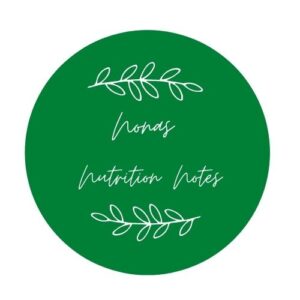Moving into Plant-Based eating is easier than you think!
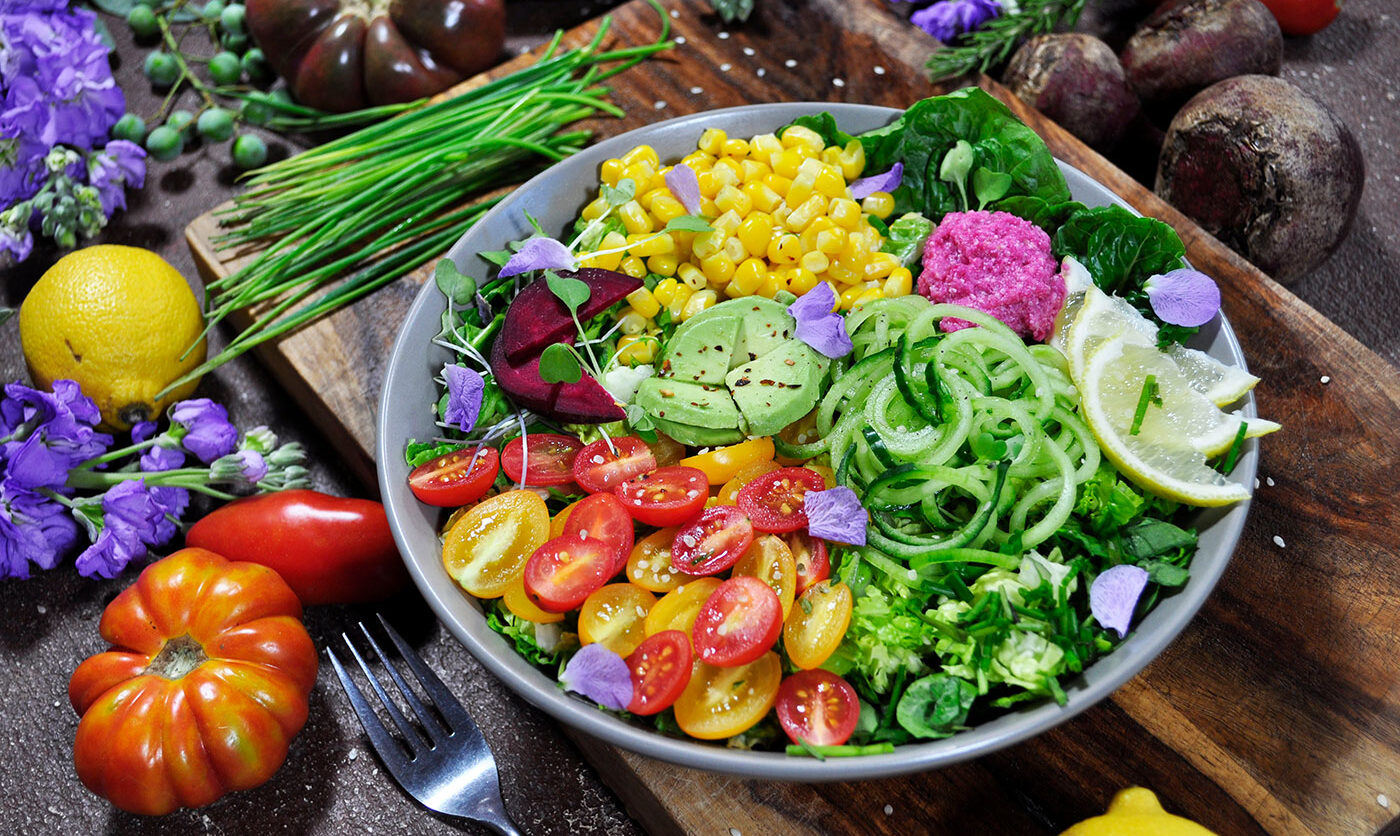
Making the change to a meatless or plant-based diet can be a challenge but it’s easier than you think and the benefits are abounding.
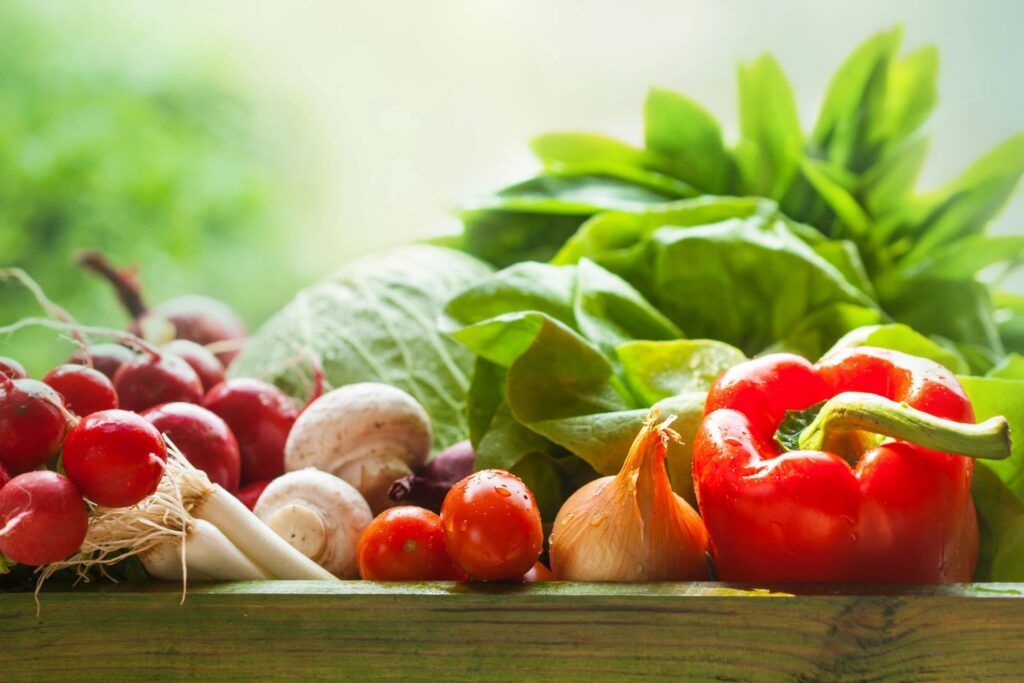
Many of us didn’t grow up eating a plant based diet. Therefore, if you are like me and other baby boomers, you probably grew up with your mother serving up a meal of meat, vegetables, and potatoes at dinner.
It was the standard fare at our house. The meals were rather healthy, not too much fried food or convenience items, however, we were not conscious of cholesterol, or saturated fat or the hazards of too much salt.
As a dietitian, I have always prepared healthy meals for my own family and tried to instill the importance of eating well. For example I did not buy high sugar breakfast cereals and I insisted on fruit at each meal. And fast food meals were the exception.
However, with mounting evidence that a plant-based diet is healthier and may lead to fewer incidents of heart disease and obesity, it is worth taking a second look.
A Plant-based diet reduces Heart disease
According to the Center of Disease Control (CDC), heart disease has been the leading cause of death in the United States over the last several decades.
Two types of heart disease most influenced by diet are:
- Coronary artery disease and
- Hypertension or high blood pressure.
In other words, we may be able to minimize the incidences of coronary artery disease and hypertension by making changes in our eating habits.
Coronary Artery disease.

Coronary artery disease is caused by cholesterol deposits that form inside the blood vessels leading to the heart.
Consequently, these deposits make the vessels too narrow for adequate blood supply and can lead to a heart attack.
Diets high in cholesterol and saturated fat contribute to coronary artery disease, thereby increasing risk for heart attack and stroke.
Cholesterol is found in:
- animal products, such as all meats (particularly red meats),
- dairy products made from whole milk
- eggs yolks
- shellfish
Saturated fats are found in:
- animal products
- processed meats
- coconut and palm oil which are often seen in pre-packaged snacks and baked goods.
Hypertension.
Hypertension or high blood pressure which is not treated puts you at risk for heart disease and stroke. This condition can be a result of:
- disease,
- family history
- a diet high in salt, including foods that are canned or cured.
A plant-based diet reduces obesity
According to the National Institutes of Health, (NIH) obesity is the second leading cause of preventable death in the United States.
Obesity indirectly leads to heart disease and high blood pressure as well as diabetes and cancer. Therefore, reducing obesity can improve our health and increase our lifespan.
While a plant-based diet is not intended to be a weight loss diet, it is generally lower in calories by nature. As a result many who have made the change to a plant based diet have lost weight.
But take note.. you may want to limit your intake of higher calorie plant based foods, such as nuts and avocado, when weight loss is your goal.

Expect some challenges
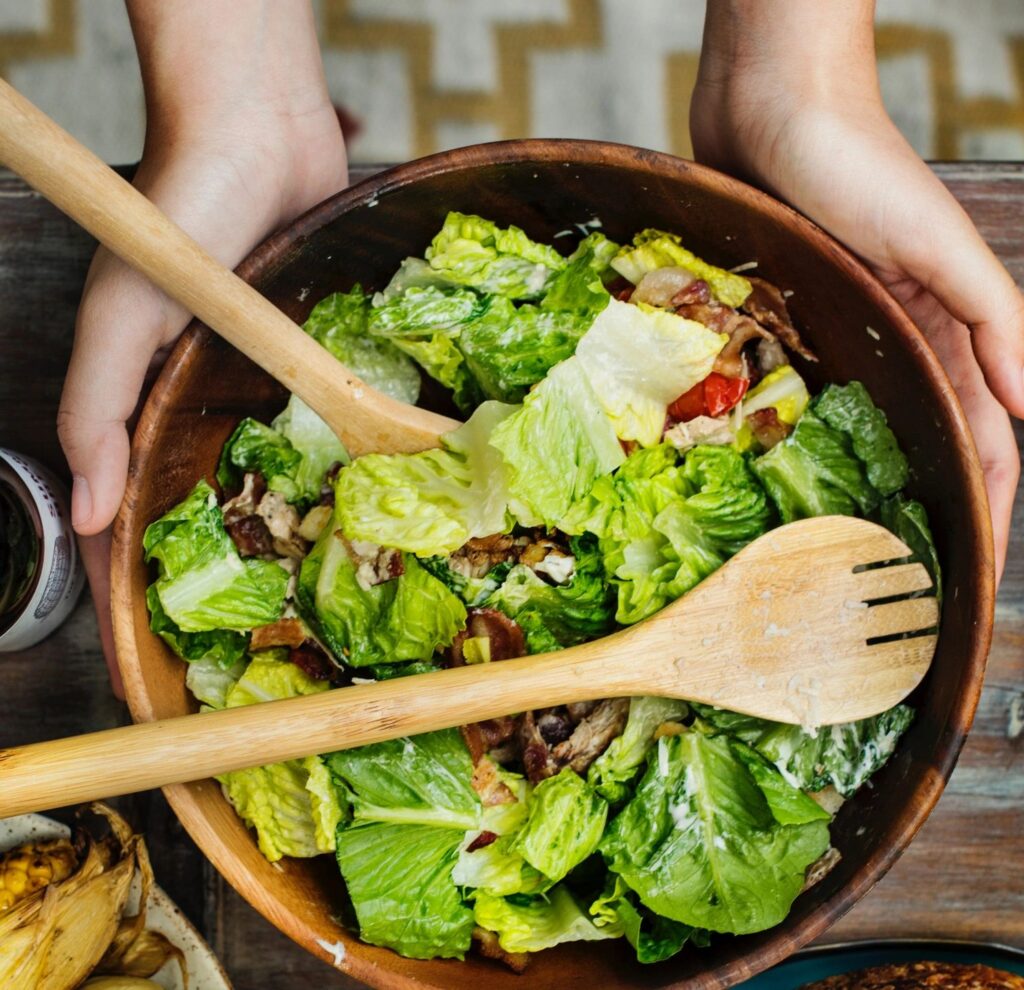
Making the change to a plant-based diet can seem like learning a new language but don’t let that stop you!
Consider it a challenge to learn new:
- foods
- recipes
- methods of cooking
- possibly new places to buy groceries!
- most importantly new ways to meet our nutritional needs.
Nutrients such as protein, calcium, iron, vitamin D, and vitamin B12, are most often found in animal products.
Meet your nutritional needs
Listed in the tables below, are foods that provide each of these important nutrients that we need daily.
Therefore, by choosing at least one from each group every day, we can meet our nutritional needs.
Protein
- Legumes
- Nuts
- Seeds
- Soy foods
- Whole grains
- Leafy green vegetables
- Nut butters
- Quinoa
- Tofu
- Chia
- Edamame
- Amaranth
- Nutritional yeast
Calcium
- Low oxalate leafy greens:
- Bok choy Broccoli
- Collard greens
- Kale
- Turnip greens
- Almonds
- Fortified plant milks
- Tahini
- Figs
Iron
- Legumes
- Soybeans and soy milk
- Quinoa
- Potatoes
- Dried fruit
- Dark chocolate
- Tahini
- Pumpkin seeds
- Sesame seeds
- Sunflower and Chia seeds
Vitamin D
- Fortified plant milks
- Sunlight
Vitamin B12
- Nutritional yeast
- Fortified plant milks
Additionally, it is suggested that plant-based protein foods be combined with whole grains to achieve “complete protein” combos.
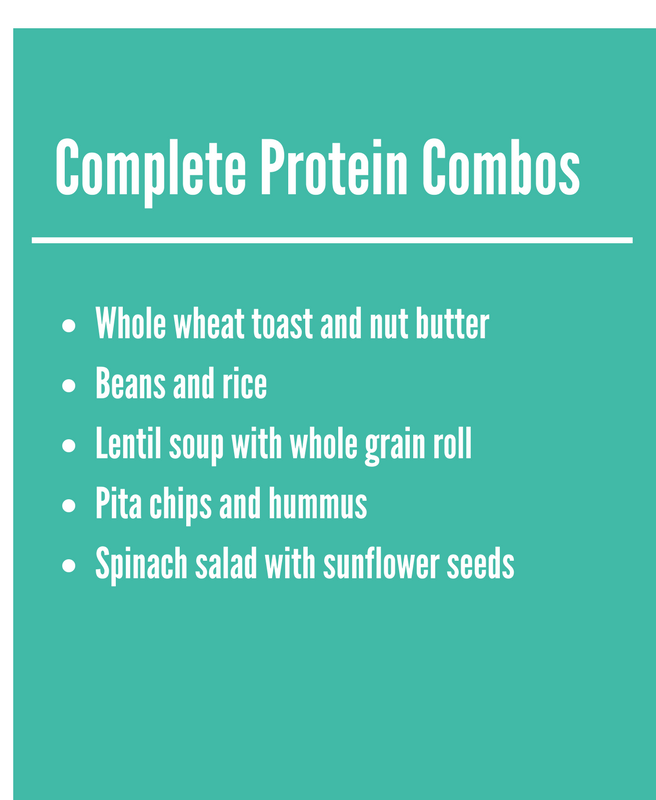
Complete proteins are those that contain all 9 essential amino acids, which are the building blocks of protein.
Make changes gradually
- Try making a new version of something you already love:
For instance, make a simple Strawberry Banana Almond Milk Smoothie by blending frozen strawberries, sliced bananas, and fortified almond milk in a blender.
Or try a meatless Taco Salad made with black beans and diced vegetables in a tortilla shell with lettuce and guacamole.
Or make a Vegetarian Chili by substituting a variety of legumes for meat and adding your favorite diced vegetables.
- Try making one meatless meal a week, such as “Meatless Monday”.
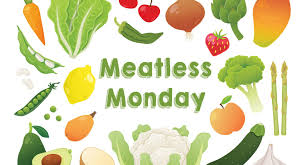
There are numerous Vegetarian and Vegan cookbooks out there and endless recipes at your fingertips online. Sites like Pinterest have great ideas and recipes.
- Make changes slowly.
One change a month is a reasonable goal. Make a plan that works for you:
For example:
| Meat | Decrease to once a week; try tofu or lentils |
| Milk | Switch to almond or cashew |
| Eggs | Eliminate or cut back to once or twice a month |
| Cheese | Substitute hummus or nut butters or try a dairy free cheese |
- Try my Potato Lentil Soup!
To sum up
Making the change to plant-based eating is not an easy one for many of us.
Considering you’re trying to change the way you’ve eaten for years, it’s going to take some time to learn new foods and develop new eating habits.
Taking it slowly and making one change at a time will add to your success and smooth out the transition.
